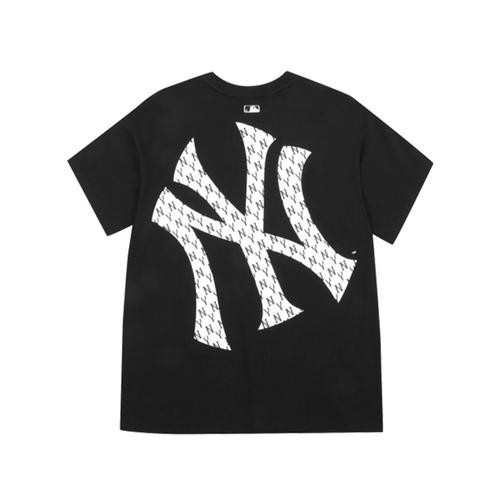Sewing technology is a vital part of the clothing production process. The following is a comprehensive analysis of the garment sewing process:
1. Tailoring: The production of clothing begins with tailoring. The cutter cuts the textile into the desired shape and size based on the design drawings.
2. Sewing: After cutting, a sewing machine is used to sew different parts of the fabric together. Common sewing methods include straight sewing, overlock sewing and arc sewing.
3. Hand sewing: Some details require hand sewing, such as pleats, hollows and decorative embroidery. Hand sewing techniques are particularly important in haute couture and special designs.
4. Style modification: Some clothing will be modified by adding accessories. This may include buttons, zippers, buttons and belts, etc.
5. Seam treatment: Seam treatment is an important step to ensure the neat appearance of clothing. Common treatments include flat seams, split seams, and Fairmont seams.
6. Buttons and eyelets: According to design needs, making buttons and eyelets is an important step in adding openings at appropriate locations.
7. Sorting and ironing: During the production process, clothing often needs to be sorted and ironed to ensure that the fabric is smooth and neat. This helps give the garment a better look.
8. Final modifications: Finally, make final modifications, such as cutting excess threads, adjusting the tightness of the clothing, etc.
Each step requires professional skills and careful operation to ensure that the quality and appearance of the final product meet the design requirements. These techniques are an integral part of the garment-making process.






